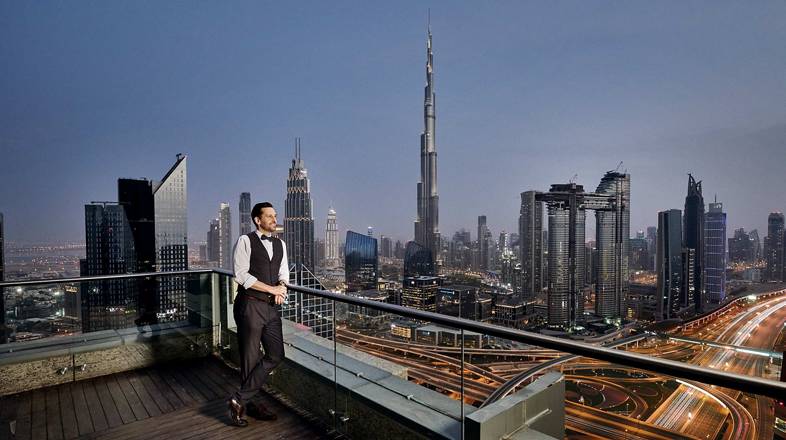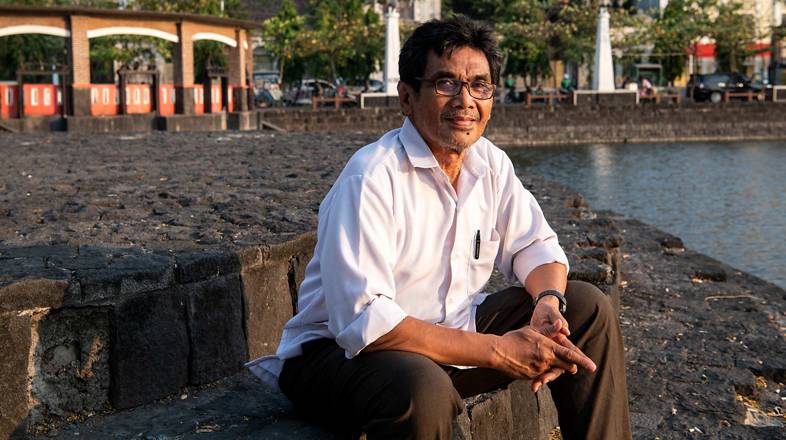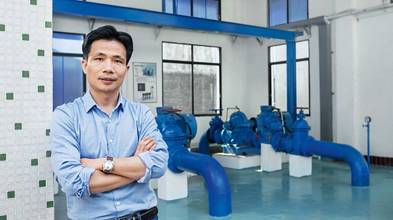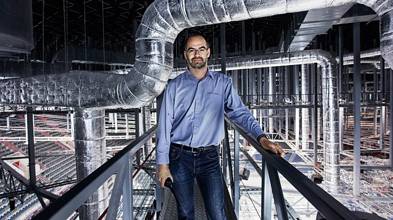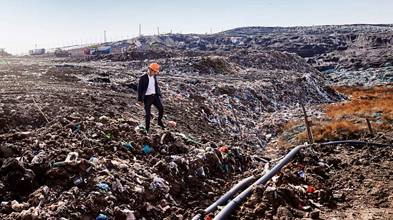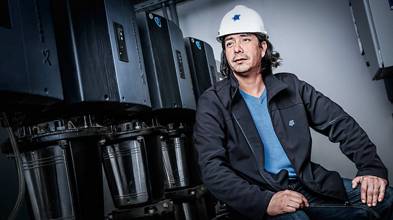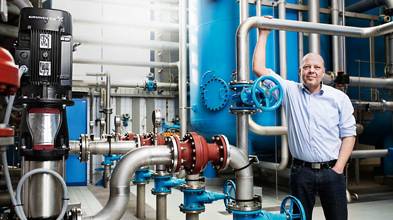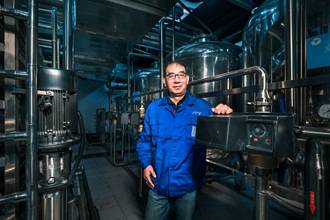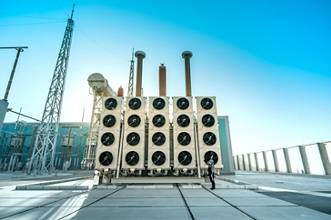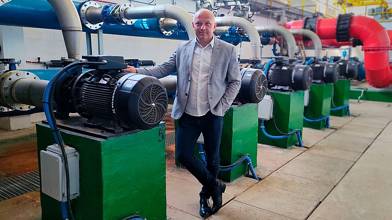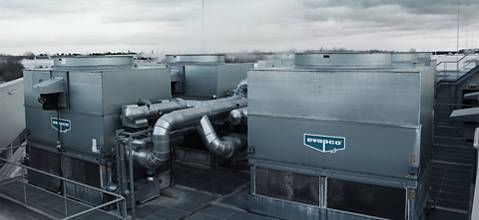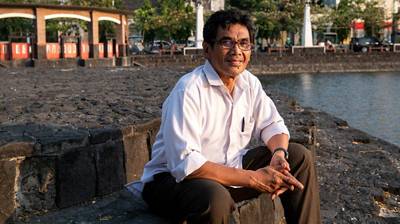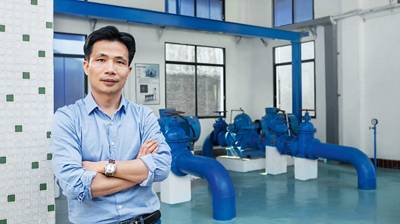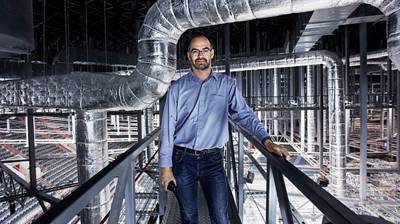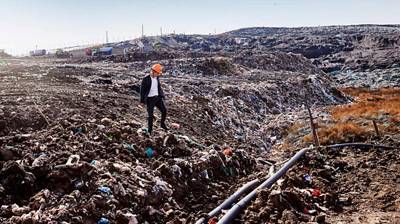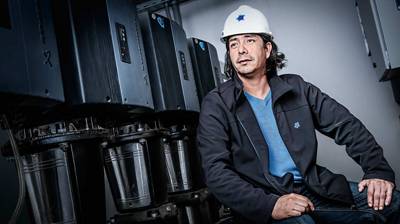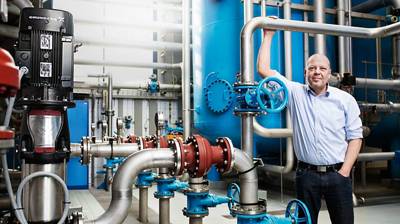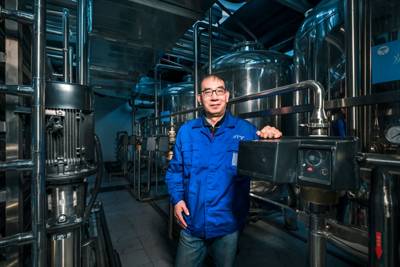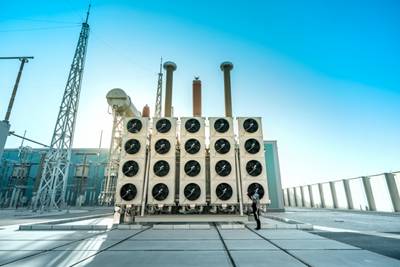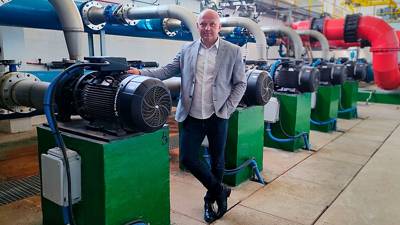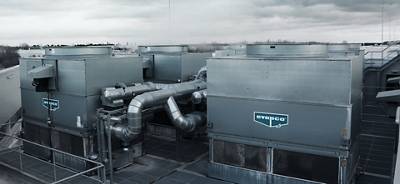Case
Cambodian water plant enjoys 15% energy and water savings
We have made the price of producing water much cheaper and gained more profit, and we are able to provide enough water, which makes our customers happy.
In the Cambodian province of Takéo, the water supply company was doing what it could with the technology it had to supply drinking water to the small city of Doun Kaev and the surrounding 45 villages of about 44,000 people. The Takéo Safe Water Supply Company, founded in 1995, has been growing year after year. Today, its network reaches about 140 kilometres (87 miles).
With a supply from Roka Khnong Lake, the plant used older models of pumps from Italy or China to distribute treated water out to the network, says Manager Sok Por. “These pumps were only checked by using the pressure meter,” he says. “The standby production team would check and measure based on this meter.”
Everything was done manually. Using a combination of the pressure meter and a daily water use time table, the team would add or subtract pumps from the network throughout each daily cycle. “If the pressure rose and exceeded four bars, we had to reduce one pump to stabilise the pressure to keep the water pipes from bursting. The team on standby had to check it regularly.”
Despite their best efforts, the team sometimes overestimated the pressure needed, resulting in pipe damage, non-revenue water (NRW) water losses and wasted energy, he adds. Takéo Safe Water Supply experienced a high NRW of an estimated 26%, high costs on pump spare parts for replacement, and also: unhappy customers in the villages farthest from the plant.
Takéo, Cambodia, water plant technical manager Mr. Sila says his company is saving 20% on energy and 13% on water losses after installing the Grundfos system. “We have made the price of water cheaper and gained more profit,” he says.
Villages without water
For example, the village of Prek Pha-Aov is about 10 km (6.2 miles) from the plant. Previously, water flowed from the taps here only a few hours a day, making it hard for residents and local businesses alike.
“Before when there was no water, it was very difficult for me,” says Nab Orn, a local resident at her home. “It was like I wanted to use it, but there was no water. Nothing.”
She says as a result, she either paid for water to be delivered to her family’s house, or sometimes she bought water from other villagers. “I was spending a lot of money on water,” she says.
Nab Orn, a resident in Prek Pha-Aov, says her village used to have tap water only a few hours a day. She had to thus pay extra for water to be delivered. “I was spending a lot of money on water.”
The solution
Takéo Safe Water Supply teamed up with Grundfos to implement a well-tested technology – demand-driven distribution (DDD) – with a new financing model called a “Performance-Based Contract.”
For the DDD, Grundfos first conducted an audit of the Takéo plant’s pump system, including main data points such as pressure, flow and energy consumption, says Aloysius Chan, Manager of Grundfos Water Utility in South Asia. “This data actually gives a very close indication of the amounts of non-revenue water and energy consumption – which are the two key parameters when we are looking at water and energy savings.”
Mr. Sok Por, Manager of the water plant, says he didn’t expect the new Demand-Driven Distribution system from Grundfos would adjust system pressure by itself. “It has proven to be wonderful, showing that it will produce according to needs. It is the complete opposite of what I thought,” he says.
Based on the audit’s results, Grundfos installed a DDD system, including high-efficiency pumps for water distribution, control panels and pressure sensors. Grundfos installed the sensors at critical points in the network. In this case, one of them in the village Prek Pha-Aov. The sensor measures pressure and flow based on local water consumption and sends this information back to the control panel at the water plant. Over time, the system learns to predict the village’s consumption patterns from hour to hour. It adjusts overall system pressure – or switches pumps on or off to compensate – accordingly, says Chan.
For the station workers, it was at first hard to believe that the system could actually work automatically. After years of manual adjustments and guesswork, it was difficult to trust the system at first.
“Before installing it, I was afraid the water pipe might burst,” says Sok Por. “If the pump supplying water at night is at high pressure but fewer customers are using it, I didn’t expect it to cut down by itself. I really didn’t expect that much. But it has proven to be wonderful, showing that it will produce according to needs. It is the complete opposite of what I thought.”
Grundfos NKE pumps are the heart of the Demand-Driven Distribution system at Takéo Safe Water Supply in Cambodia.
Performance-based contract
Instead of paying for the entire DDD system up front, Takéo will pay in annual instalments, based on the savings it has achieved by upgrading. Thus, if the system is projected to save X-dollars over five years in energy and NRW, Takéo agrees to pay 50% of that as payment to Grundfos for the equipment, and then Takéo keeps the rest.
“For performance-based contracts, the water plant operators only need to come up with a very minimal sum of investment to get state-of-the-art technology in terms of pumps,” says Chan. “Secondly, they are able to justify the performance in terms of numbers.” The system collects digital data in real-time, allowing a day-to-day and long-term surveillance: Is it keeping a stable pressure at the critical points? Are the pumps performing in the best possible way?
“The quantifiable, the measurable, is lacking in a lot of treatment plants, and with that, they are able to quantify and justify the performance of the pumps,” says Chan. “They can justify the flow, they can justify the energy consumption, they can even justify the pressure they are pumping. And they will see a complete trend over a period of time.”
Em Eang, Head of Supply Network at Takéo Safe Water Supply, inspects the remote sensor at one of the critical points on the water plant’s network – in Prek Pha-Aov village, 10 km from the station. The sensor collects daily water consumption data and sends it back to the central controller to automatically adjust the system’s load profile.
The outcome
The villages surrounding the water plant now have water 24 hours a day. Residents no longer have to buy extra water. They just have to turn on the tap.
“Now we have water, my family and I are comfortable,” says Nab Orn. “If we need to use water for boiling or for cooking, it’s not difficult like before. We can plant anything around the house – even in summer season. Also, some villagers want to run a business selling Kuy Teav (soup) or coffee. Now they have enough water to use.”
For the water plant, the system has meant savings in many areas – and a new way of working.
After one year, the plant has achieved the following: 20% savings in energy use, 13% reduction in NRW water losses due to leakages, and a 29% reduction in pipe bursts.
“I’m very satisfied with the installation of this new system,” says Sok Por. “Firstly, we save on electricity. Secondly, we save on raw materials – the chemical substances needed for treatment. Lastly, we cut down on losses. We supply the water based on the pressure needed from the customers. It flows exactly as they need. It is totally different than before.”
Karthik Balasubramaniam (left) inspects the CU 354 controller – the heart of the “DDD” system, with Em Eang, Head of Supply Network at Takéo Safe Water Supply.
In addition, the DDD system has allowed the plant to “significantly” cut down on its workforce, he says, as his crew no longer needs to monitor the pumps at all hours of the day.
The plant’s technical manager, Mr. Sila, says, “We switched to a new technology so that we could earn a profit. Profit that we lost on electricity, chemicals, breakage or water leakage from pipes. We saved a lot after we installed the new technology.”
Mr. Sila adds, “We have made the price of producing water much cheaper and gained more profit, and we are able to provide a constant water supply, which makes our customers happy.”







